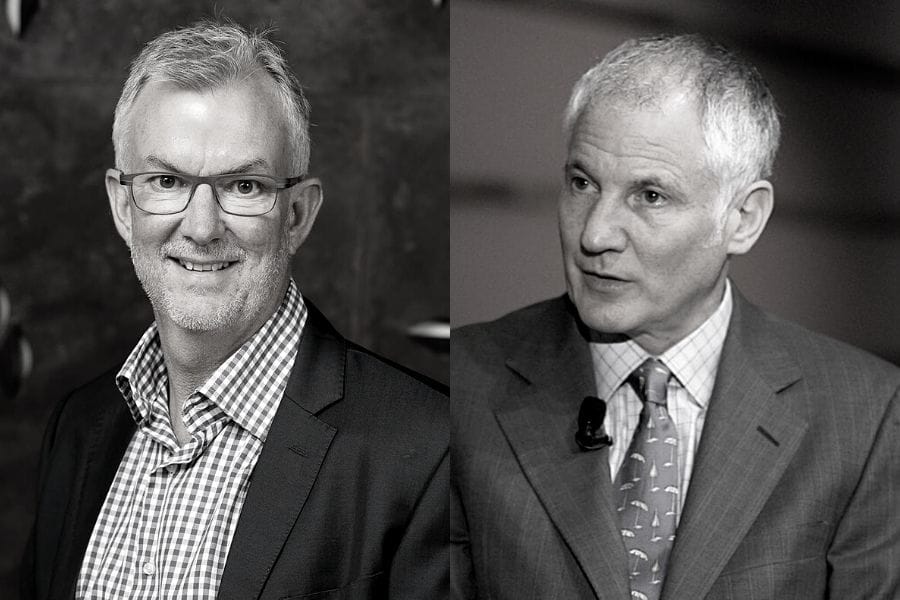Real estate accounts for nearly 40 per cent of energy-related carbon emissions but cutting emissions to net zero in the sector is highly complex. Investors should focus instead on cutting emissions by refurbishing properties and avoiding new builds.
Reducing emissions in real estate portfolios is a growing challenge for asset owners, particularly since greener building are already beginning to show better returns via tenant demand and higher values. Focusing on refurbishment is key to success, said Zsolt Kohalmi, global head of real estate and co-CEO Pictet Alternative Advisors speaking at Sustainability in Practice.
Revealing statistics point to the challenge ahead. Buildings account for nearly 40 per cent of energy-related carbon dioxide emissions, according to UNEP’s 2020 Global Status Report; 90 per cent of buildings in Europe were built pre-1990, and around 45 per cent of emissions occur during the build. Moreover 80 per cent of today’s buildings will still be with us in 2050.
Statistics that suggest the most proactive strategy for asset owners seeking to cut emissions in their real estate portfolio involves refurbishing old buildings rather than investing in new real estate.
“The reduction has to come from refurbishment,” said Kohalmi, adding that it is possible to cut emissions by 30-70 per cent by refurbishment. One of the challenges in the process comes from the fact there are few common measurements or standards around embedded carbon emissions in real estate.
Encouragingly, a green premium is starting to emerge. Kohalmi said that buildings with a higher ESG standard are obtaining higher rental values.
“Going forward you will pay a premium if a building has improved its sustainability rating,” he said. “Refurbishment is not easy, but it is our best path to making an impact on overall emissions and creating climate resilient future.”
The pressure on the sector to decarbonise coincides with wider challenges for real estate in the wake of the pandemic and the shift to working from home. Office spaces able to offer communal areas and space where employees can gather to share ideas rather than fixed desks will do best, predicted Kohalmi.
“We are seeing a shift between the new and old economy in real estate,” he said. Elsewhere, the pandemic has accelerated trends already visible in logistics and retail. The jump in online shopping made “a tough ride” for owners in retail and has proved positive for investors in logistics.
Fellow panellist Karen Lockridge, director, ESG investing, Canada Post Corporation Pension Plan who manages a $3 billion allocation to real estate agreed in the business case for refurbishment, noting statistics pointing to tenants paying a premium and cost savings around energy efficiency.
Both agreed that refurbishment is an opportunity but also vital for risk mitigation.
“There is a downside risk of not acting,” said Kohalmi. He also noted that unlike most trends which tend to emerge first in the US, demand for green real estate is more pronounced in Europe than the US.
“It will rebound in the US in due course,” he predicted.
Achieving net zero in real estate is complex. But significantly reducing emissions is achievable and worth fighting for.
The conversation concluded with a recognition to the fact new builds rather than refurbs will remain the focus in emerging market real estate.
“The focus has to be on how we can improve the way we do new builds like work around creating more sustainable cement,” said Kohalmi. “We have to accept there will be more new builds and become more sustainable when we build,” he said.



